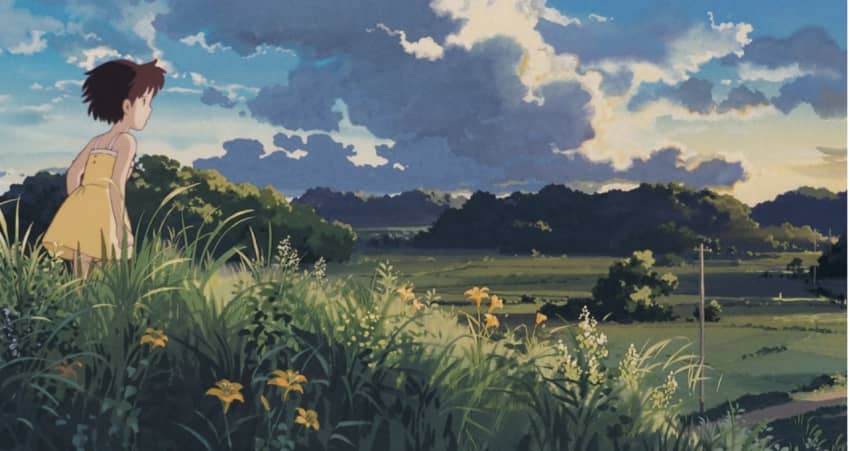Real-world forest that inspired Hayao Miyazaki to create Totoro will become nature preserve
14 June, 2022

Traveling through rural Japan, you’re likely to find more than a few spots that remind you of the beautiful bucolic landscapes seen in Studio Ghibli’s "My Neighbor Totoro." There’s one specific woodland area that served as the inspiration for the film, and that’s the forests of the town of Tokorozawa, just north of Tokyo in Saitama Prefecture.
Director Hayao Miyazaki drew inspiration from his strolls through Tokorozawa’s Kaminoyama area, and his connection to the town didn’t end with Totoro’s release in 1988.
Read More : Traveling with Japanese in-laws: What to expect
Miyazaki has been living in the town since 1970 and has made preservation of its natural spaces a personal cause, and he’s now inspiring the city government to do so too on a large scale. While taking a forest walk with Tokorozawa mayor Masato Fujimoto in 2018, Miyazaki remarked “This scenery is what gave birth to Totoro. It’s important to me, and it’s why I live near here.”That comment planted the seed for the idea that’s grown into a Tokorozawa project to turn approximately 3.5 hectares (8.6 acres) of land in Kaminoyama into a preserved and protected green space. The current landowners have agreed to sell their property to the city, which will be purchasing it at a cost of roughly 2.6 billion yen . The to-be-protected land currently contains some 7,000 trees.
In addition to government funds, a crowdfunding campaign, with support from Studio Ghibli, will be held to cover a portion of the expenses. Ghibli will be providing five pieces of "My Neighbor Totoro" background artwork to be used for framed reproduction paintings, with sets of five B4-size (25.7 x 36.4-centimeter) paintings available in exchange for pledges of 25,000 yen, which can be made by both Tokorozawa residents and those living outside the city.
1,000 painting sets will be offered initially in the campaign, which will be held in September, with the possibility of additional runs depending on demand
Source: japantoday.com
